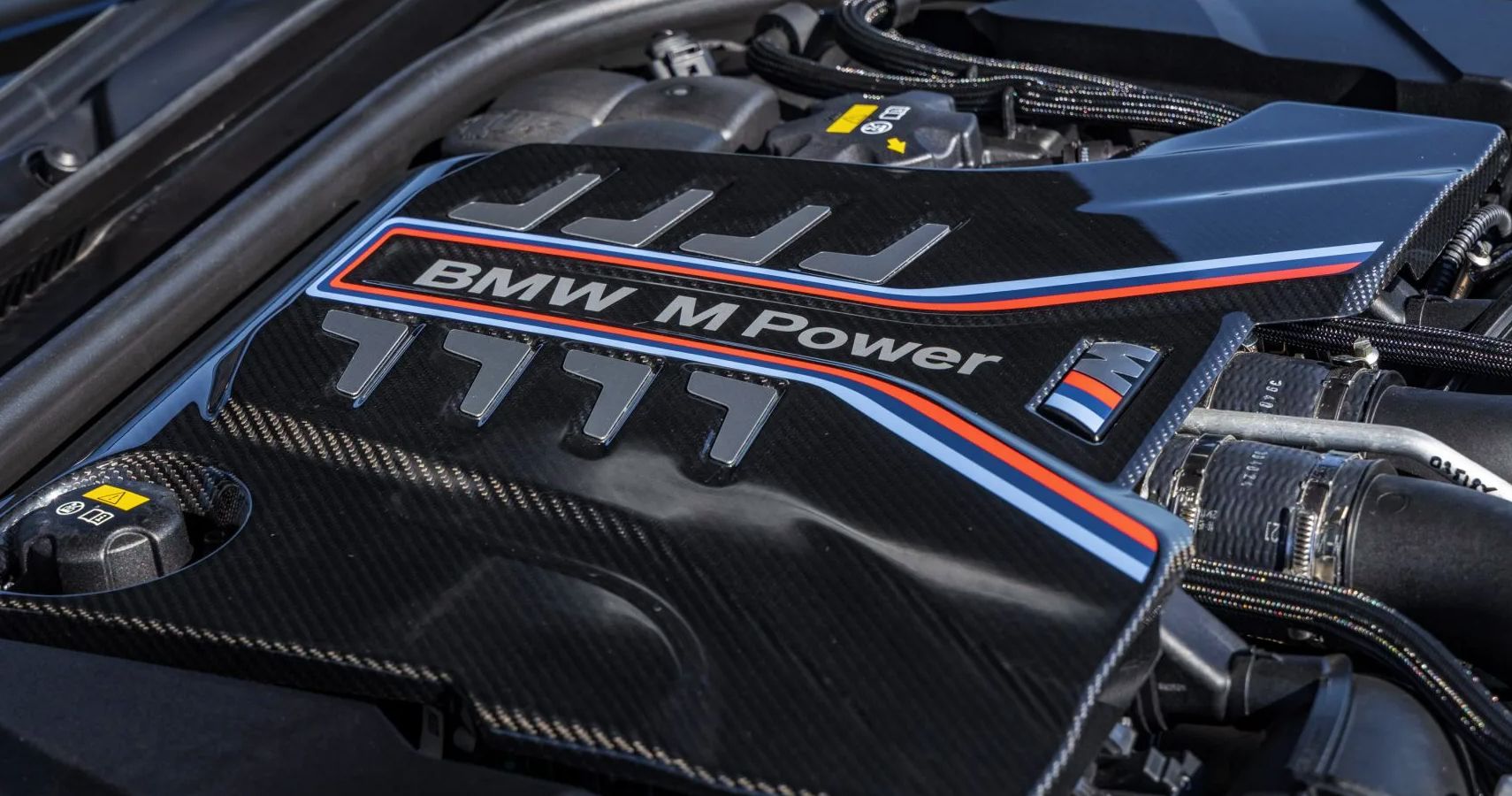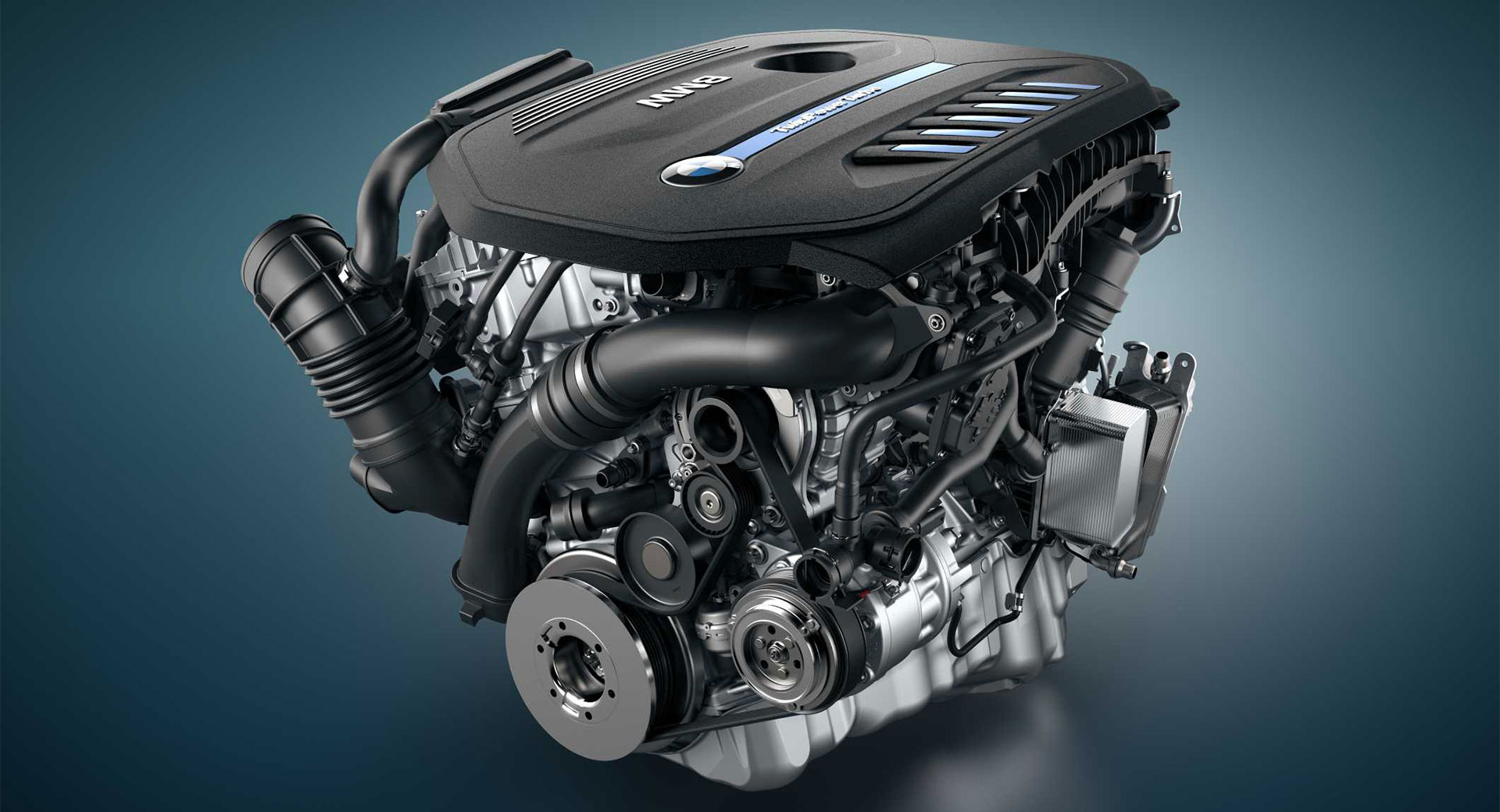Discovering the Performance Enhancements of the Latest BMW Engine Models
Discovering the Performance Enhancements of the Latest BMW Engine Models
Blog Article
Discovering the Advancement of Burning Engines in Modern Transport Solutions
As we browse the landscape of contemporary transportation, the evolution of burning engines stands as a testament to human resourcefulness and engineering prowess. The interaction of history, modern technology, and ecological concerns in forming the trajectory of combustion engines develops a story that is both insightful and engaging.
Early Beginnings of Combustion Engines
How did the idea of burning engines initial emerge in the very early phases of transportation advancement? The origins of burning engines can be traced back to the 17th century when the principles of inner burning were first checked out.
The breakthrough moment included the development of the initial successful gasoline-powered engine by Karl Benz in 1885 - bmw engine. This engine led the method for the advancement of the modern-day vehicle, revolutionizing transportation systems worldwide. Subsequent technologies by Nikolaus Otto and Gottlieb Daimler further refined combustion engine innovation, bring about the automation of automobiles and the fast growth of the transport sector
These early combustion engines were defined by their simplicity and efficiency, laying the foundation for the complex and effective engines made use of in modern-day transport systems. The development of combustion engines has contributed fit the way we take a trip and move items, noting a considerable milestone in the history of transport growth.
Shift to Internal Combustion Modern Technology
The shift to interior combustion modern technology noted a critical shift in the advancement of transportation systems. This shift started in the late 19th century, with innovators like Nikolaus Otto and Gottlieb Daimler developing the initial effective internal burning engines. These engines reinvented transportation by supplying a much more efficient and effective option to steam engines and electrical motors.
One of the key benefits of internal burning engines was their ability to be reduced to suit lorries, causing the development of bikes and vehicles. This change from large, fixed engines to small, mobile ones led the way for the modern-day transportation systems we see today.
The change to inner combustion modern technology also stimulated advancements in gas technology, causing the growth of gasoline and diesel as key fuel sources for lorries. This shift not only made transport more easily accessible to the masses yet also laid the structure for the oil and gas sector to become important to international economic climates.
Effect of Combustion Engines on Transportation
The adoption of burning engines in transport systems militarized a profound shift in the effectiveness and rate of global movement. Burning engines changed transportation by offering a versatile and reputable resource of power for numerous lorries, including vehicles, ships, planes, and trucks. This advancement dramatically boosted the capacity for goods and people to conform fars away in much shorter amount of time, leading to increased connection in between areas and countries.
Moreover, the extensive use combustion engines has had a considerable effect on financial growth. The capability to carry products successfully has actually stimulated profession and business, permitting services to broaden their markets and reach consumers worldwide. This has actually promoted financial growth and globalization, as products can currently be moved much faster and in larger quantities blog than ever.
Nonetheless, the ecological effect of combustion engines can not be forgotten. The burning of nonrenewable fuel sources has actually brought about air pollution and greenhouse gas emissions, adding to climate change and posing wellness dangers to populations. bmw engine. Consequently, there is a growing focus on establishing alternative propulsion modern technologies to alleviate these unfavorable results and produce a more lasting future for transportation
Technologies in Combustion Engine Layout
Many advancements in burning engine design have actually pushed the evolution of transportation systems over the years. One noteworthy innovation is the advancement of turbocharged engines, which use exhaust gases to drive a wind turbine that compresses incoming air, permitting more gas to be charred, causing enhanced power outcome without a significant boost in engine dimension. Additionally, straight shot innovation has actually improved fuel performance and performance by exactly controlling the amount and timing of gas infused into the combustion chamber. Variable shutoff timing systems have actually likewise revolutionized engine style by maximizing airflow at different engine rates, boosting both power and efficiency. One more considerable innovation is the integration of lightweight materials such as carbon fiber and light weight aluminum alloys, reducing overall engine weight and enhancing automobile gas economy. Moreover, innovations in computer-aided layout have enabled engineers to enhance engine efficiency and performance via simulations before physical prototypes are built, saving time and resources that site in the advancement procedure. These technologies jointly add to the constant enhancement of burning engines in contemporary transportation systems.
Future Fads in Combustion Engine Development
With modern technology developments driving continual development, the future of burning engine growth is poised to change transportation systems internationally. One of the vital trends in burning engine growth is the push towards higher performance and decreased discharges.
An additional prominent pattern is the fostering of crossbreed technologies in combustion engines. Hybrid engines incorporate traditional combustion innovation with electrical power, supplying boosted fuel efficiency and lower discharges. As the auto industry shifts towards electrification, hybrid combustion engines are seen as a transitional option that links the void between conventional cars and completely electric ones.
Additionally, the combination of clever modern technologies, such as fabricated knowledge and data analytics, is expected to play a significant function in the future of burning engine advancement. These innovations can enhance engine efficiency in real-time, causing a lot more effective combustion processes and enhanced overall vehicle performance. Welcoming these future fads will certainly not just drive advancement in combustion engine development but also add to an extra ecologically friendly and lasting transport environment.

Verdict
In final thought, the evolution of burning engines in modern-day transport systems has actually been marked by significant innovations in innovation and design. From the very early beginnings of combustion engines to the change to interior burning innovation, these engines have had an extensive effect on transport.
The origins of combustion engines can be mapped back to the 17th century when the principles of inner combustion were initial checked out. These engines see it here revolutionized transport by providing an extra effective and powerful option to steam engines and electrical motors.

Report this page